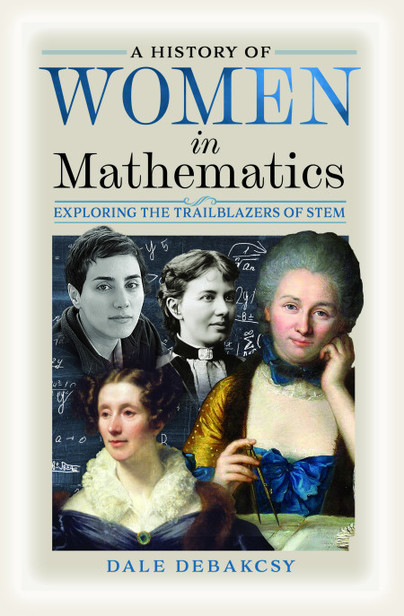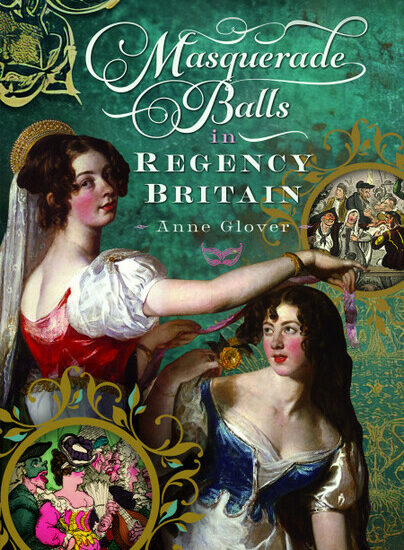Women’s History Month – Dale DeBakcsy
Brainpower: Women Mathematicians Who Changed Our World
Ten years ago, when I started the Women In Science Archive, we as a civilization were still residing in the tail end of the great “Girls Don’t Do Math” (sorry, Great Britain, but as an American I am constitutionally required to use Math instead of Maths – the spirit of Abraham Lincoln demands it of me) narrative, with university presidents and educational pundits alike weighing in with their opinions that the reason we have fewer women graduating with math degrees is due to a litany of well-nigh biologically determined factors – that they are repelled by branches of science that lack a strong social component, that they don’t have the neurochemical machinery to concentrate on single abstract problems for long periods of time, or that modern mathematics is too far removed from reality to be of interest to them.
Fortunately, the last decade has seen a flowering of research into the history of women in mathematics, and the only people who seriously espouse those views any more belong to the fringes of social media, a region inhabited by crypto speculators, NFT boosters, and a collection of professional misogynists who have still not entirely resigned themselves to universal suffrage as a guiding societal principle. For the rest of us, we have a positive feast of examples to enjoy of women in history who have changed the course of science through their mathematical endeavors, some hundred of which I chose to cover in my A History of Women in Mathematics, and my very favorite four of which I want to introduce you to now.
The fact is that, as soon as individual mathematicians emerged onto the pages of history, women have been amongst their ranks. The ancient Pythagoreans, who borrowed some of the best aspects of the Babylonian and Egyptian traditions to produce their insights into geometry and number theory that form the foundation of our textbooks today, were an egalitarian sect, centered around virtue, mathematical investigation, and a cult of secrecy which freely welcomed women into their ranks. We know several of their names, but the most important was Theano of Croton, a woman who was either the wife of Pythagoras himself or one of his most gifted students, who wrote texts of her own, and who was, along with her daughters, a key figure in holding the Pythagoreans together after the death of Pythagoras, and ensuring that the knowledge that they had accumulated would not be lost.
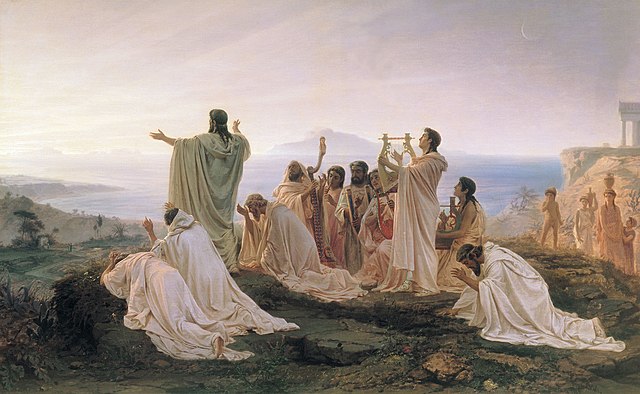
This was a mission she shared with the first woman mathematician most people know about, Hypatia of Alexandria (d. 415 CE), who fulfilled her role as a teacher and librarian in that formerly great city at a time of profound upheaval between the city’s Christian, Jewish, and neo-Platonically inclined pagan residents. She wrote about the work of Apollonius and Diophantus, who represented the last great flowering of ancient European mathematics, and whose work in conic sections and equation theory Hypatia dedicated herself to elucidating. Unfortunately, her fame as a philosopher and scientist had won her a substantial following with Alexandria’s neo-Platonists, who were still a powerful force in Alexandrian politics, and the city’s prefect, Orestes, likely befriended Hypatia as a way to earn the trust of that demographic. This was viewed with unease by the city’s Christian patriarch, Cyril, who considered Orestes as something of his arch-nemesis. To Cyril, Hypatia was a powerful woman augmenting the power and prestige of his great rival. We’ll never know if he directly ordered her death, or whether it was simply carried out by individuals who were acting of their own accord on his characterizations of her dangerous influence, but the end result is the same – her accosting by a Christian mob in the streets of Alexandria, brutal murder, dismemberment, and burning – an act of religiously and politically motivated group violence that brought one of antiquity’s most glorious intellectual lineages to a shameful end.
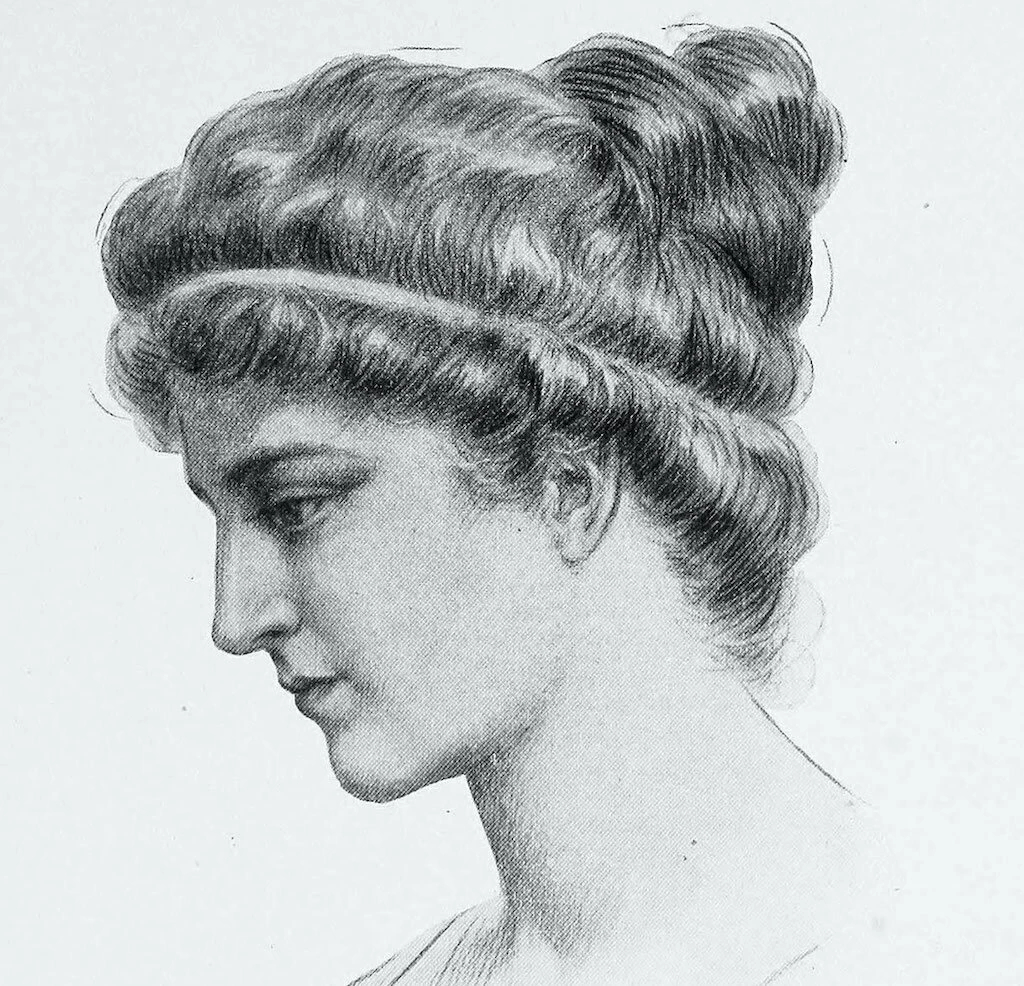
With Europe doing everything in its power to turn its back upon the best fruits of its mathematical traditions, it was left to the Islamic Empire to pick up the fallen torch of Greco-Roman mathematics and erect the foundations of modern algebra with the help of contemporary developments in Indian math. By the 10th century, Baghdad was one of the world’s great centers of learning, where a small army of writers produced a torrent of books to feed the city’s love of knowledge, and from which a steady stream of scholars emerged to comb the known world over in search of surviving copies of great classical texts to translate and publish. It was the efforts of these scholars and writers that preserved for Europe the great works of Greek antiquity that would fire the Renaissance, and which formed the basis for new speculations into a type of mathematics that was free from geometric considerations – algebra. In between the towering figures of algebraic founder Muhammad ibn Musa al-Khwarizmi (d. 850) and cubic equation pioneer al-Haytham (960-1040) there lived a woman whose mathematical efforts were significant enough to merit mention in contemporary accounts, Sutayta al’Mahamali (d. 987).
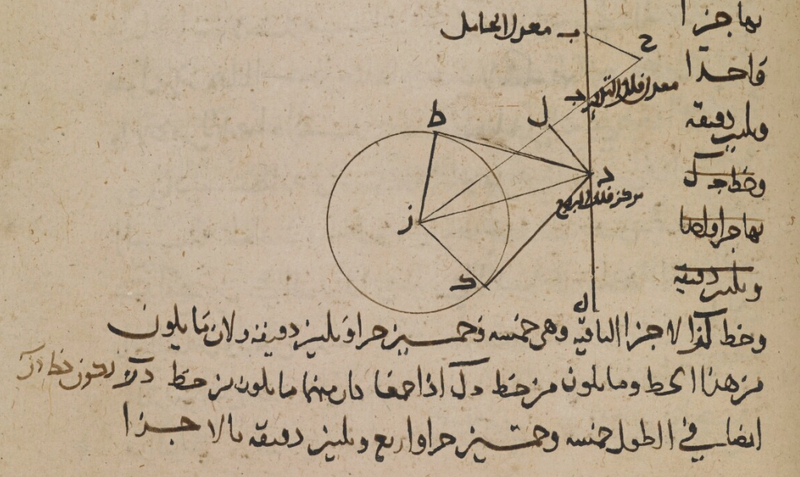
She was revered both for her thoughts as a jurist and a mathematician (occupations that often went together in the Islamic Empire, as questions of legal inheritance involved complicated webs of precisely determined relationships and obligations that involved some heavy duty math for the time), a fact that many of my students express surprise at, but that was not uncommon for the era. Medieval Islam was a complicated web of regional practices, largely determined by the degree to which local leaders blended foundational Islamic concepts with the traditional practices of their pre-Islamic culture. In some regions, this meant that Islam took on a deeply conservative hue that cloistered women behind walls and veils away from the world of men, but in other regions, like Baghdad, women were not only tolerated as actors within the intellectual spheres of men, but celebrated for their accomplishments in that world, and though we don’t possess any of her original writings, the fact that she was lauded by her colleagues speaks to the esteem in which her work was held.
As the mathematical scene shifts back towards Europe again after the Renaissance (or after the Little Renaissance two centuries earlier depending on which historian is most fashionable at the moment), women were for centuries limited in what they could accomplish by a myriad of historical factors, such that even a woman of definite mathematical ability like Catherine de Parthenay (1554-1631) found herself unable to devote time to her favorite area of study because of the pressing, decades-long misery she experienced as a notable Protestant during an age of religious civil war. It is not until the 18th century that women really return in force to the practice of mathematics, and while the figure most people associate with that era is Émilie du Châtelet, whose edition of Newton’s Principia served for generations as the definitive text in France, I want to talk about Sophie Germain (1776-1831), who I think represents both women’s potential for triumph in this era and the very real obstacles to success they had to overcome just to be heard. She taught herself mathematics from her father’s books in the midst of the French Revolution, and devoured all of the latest mathematical findings as published by the leading scientific societies of the age, and when it came time to further her knowledge beyond what books could provide, she reached out to some of the leading mathematicians of her era, writing under a male name so that she would be taken seriously. Her mathematical insights were so astonishing and fresh, including the unveiling of an organized strategy to solve Fermat’s Last Theorem, that even when she confessed to having written under false pretenses, her distinguished correspondents shrugged it off as a matter of little importance considering the quality of the work she was doing.
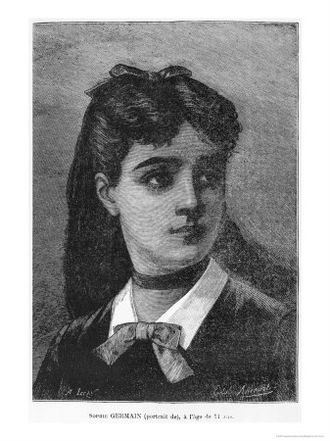
Unfortunately, if there’s one thing we know as a species, it’s that while individuals may be kind, groups have a seemingly bottomless capacity for indifference and cruelty, and Germain spent the years from 1809 to 1816 in grappling with the Paris Academy of Sciences, which had offered a prize for finding the differential equation which explained the different patterns of vibration created by a metal disc when a violin bow is rubbed across its edge. While she ultimately won that prize, and a good amount of fame as the first woman awarded such a distinction from the Academy, it was a source of constant frustration for her, sparring with an institution that rejected her papers, assured her that detailed reasons for the rejection would be forthcoming, and never bothered to make good on those assurances because the person involved was a woman, leaving her to push forward as best she could in the darkness.
There are so many other figures to talk about that it is agony having to leave off with these four – stories of the woman behind Chaos Theory, the woman who established the mathematical foundations of every conservation theory physics ever has produced, or ever will, the women who brought their mathematical expertise to the problems of space flight, and those who investigated mathematical structures so strange that they defy all attempts to picture them in our mundane three dimensional world. By the Twentieth Century, there is hardly a realm of mathematics untouched by the guiding genius of women, producing contributions far in excess of their numbers, and showing us vistas of astounding and puzzling new mathematical universes beyond our most unfettered imaginings.
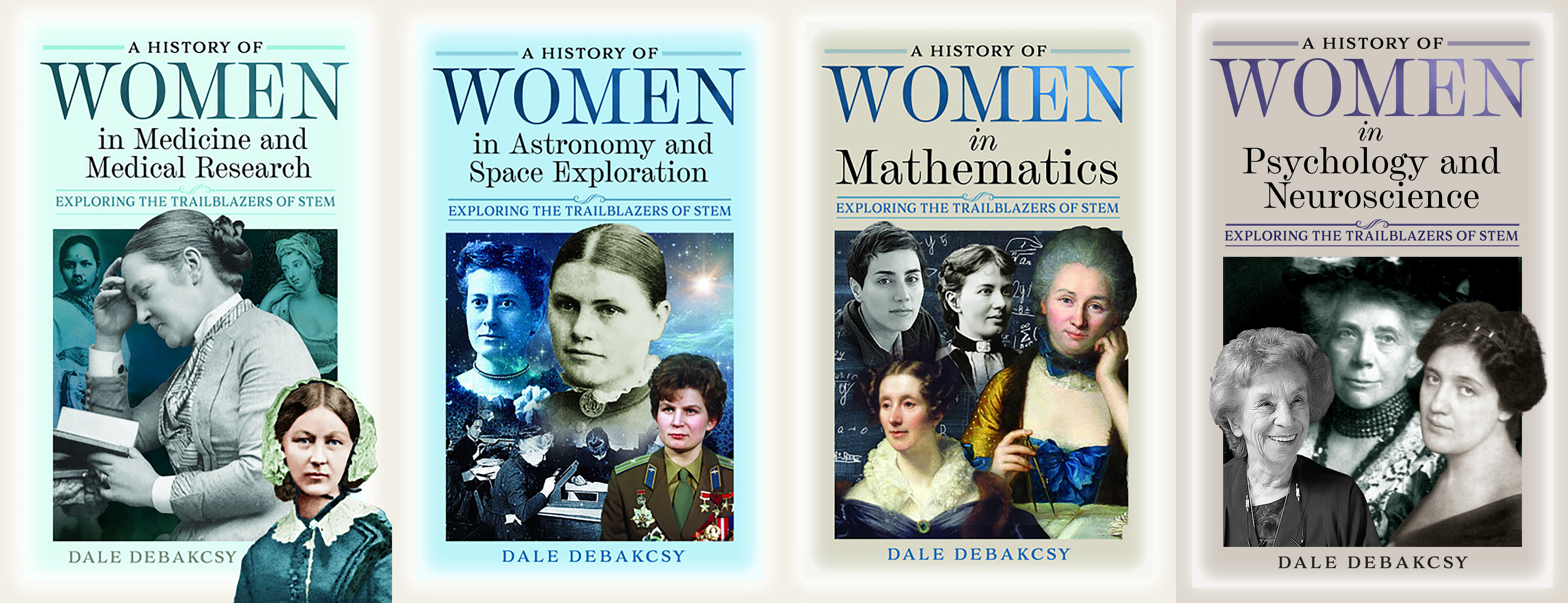
Order titles by Dale DeBakcsy here.
